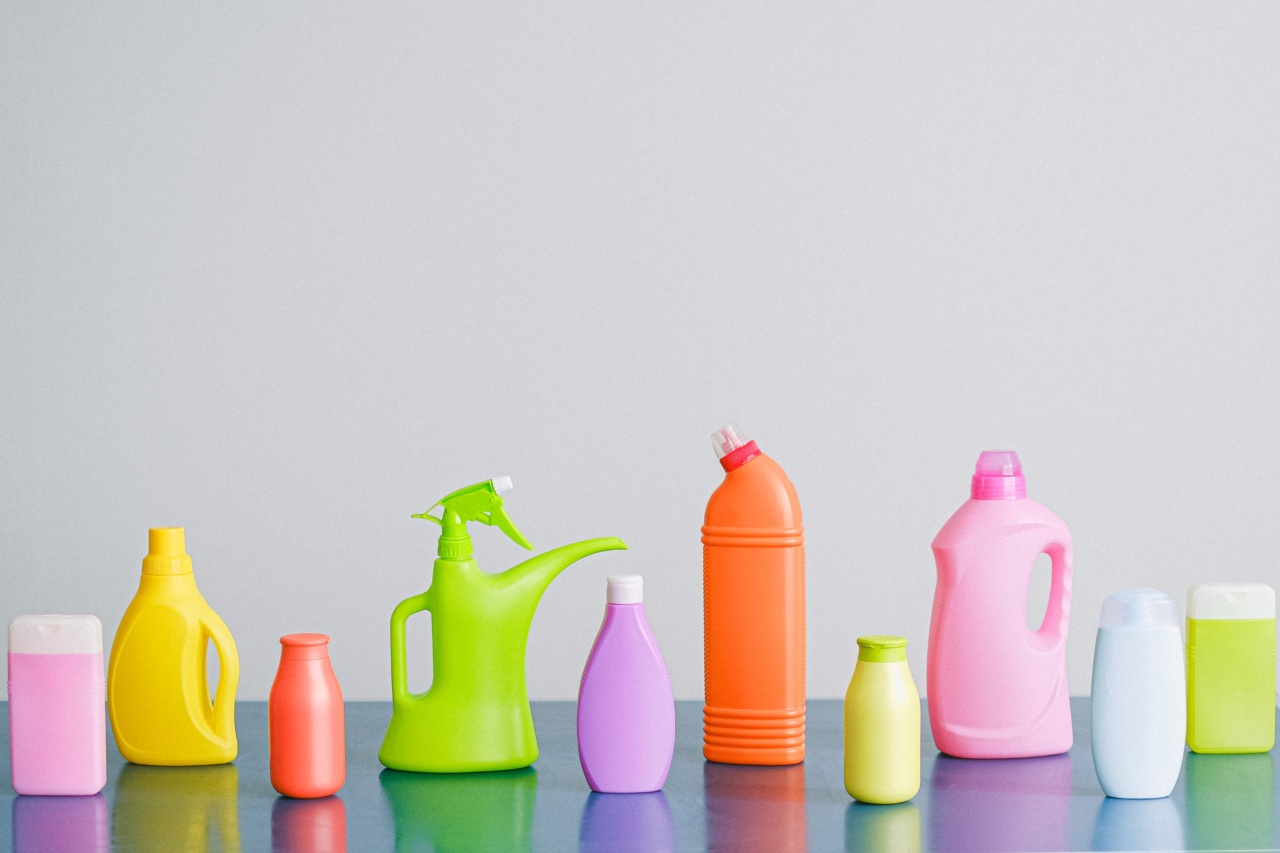In our modern world, we are surrounded by chemicals. They are present in the air we breathe, the food we eat, the products we use, and even in the water that we drink.
While some chemicals are necessary for our daily lives, there are hidden dangers associated with their widespread use. This article aims to shed light on the potential risks associated with these chemicals and how we can minimize our exposure for a healthier and safer environment.
Understanding Chemical Exposure
Chemical exposure occurs when we come into contact with chemicals in our surroundings. This can happen through inhalation, ingestion, or skin contact.
Many chemicals found in everyday products can accumulate in the body over time and may have long-term health effects.
Household Chemicals
Our homes are filled with a wide array of products that contain potentially harmful chemicals. Cleaning agents, pesticides, and personal care products often contain ingredients that can be toxic or irritate the skin and respiratory system.
Continuous exposure to these chemicals can cause respiratory problems, allergies, and even serious illnesses such as cancer.
Food and Food Packaging
Chemicals can also find their way into our food. Pesticides, preservatives, and artificial additives are commonly used in agriculture and food processing.
These chemicals can contaminate the crops we consume, leading to health issues such as hormonal imbalances and increased risk of chronic diseases. Additionally, chemicals in food packaging, such as plastic containers and cans, can leach into our food and pose further risks.
Air Pollution
The air we breathe is another significant source of chemical exposure. Industries, vehicles, and even household activities contribute to air pollution.
Harmful chemicals, such as volatile organic compounds (VOCs), particulate matter, and heavy metals, can have detrimental effects on our respiratory system, cardiovascular health, and overall well-being.
Personal Care Products
Personal care products like shampoos, lotions, and cosmetics often contain a multitude of chemicals. Many of these chemicals have been linked to hormone disruption, allergies, and even reproductive issues.
Phthalates, parabens, and formaldehyde are just a few examples of chemicals found in these products that can pose long-term risks to our health.
Water Contamination
Water is essential for our survival, but it can also be a source of hidden dangers. Chemicals such as chlorine, fluoride, and heavy metals can contaminate our drinking water.
Prolonged exposure to these chemicals can lead to various health problems, ranging from digestive issues to developmental disorders.
Children and Chemical Exposure
Children are particularly vulnerable to the dangers of chemical exposure. Their bodies are still developing, and they tend to have higher exposure levels due to their behaviors and habits.
Children exposed to harmful chemicals may experience stunted growth, cognitive impairments, and developmental delays. It is crucial to create a safe environment for children, free from unnecessary chemical exposure.
Reducing Chemical Exposure
While it may be impossible to completely avoid all chemicals in our daily lives, there are steps we can take to minimize our exposure:.
- Choose organic: Opt for organic food to reduce exposure to pesticides and other harmful chemicals used in conventional farming.
- Read labels: Thoroughly examine product labels and avoid those containing harmful ingredients such as parabens, phthalates, and artificial fragrances.
- Use natural cleaning products: Swap commercial cleaning agents for natural alternatives, such as vinegar, baking soda, and lemon juice.
- Filter your water: Install a water filtration system to remove pollutants from your drinking water, or consider drinking bottled water from trusted sources.
- Proper ventilation: Ensure good airflow inside your home to minimize the concentration of indoor air pollutants. Open windows whenever possible and use exhaust fans in the kitchen and bathroom.
- Choose safer personal care products: Look for products that are free from harmful chemicals and opt for natural alternatives whenever possible.
- Teach children about chemicals: Educate children about the potential risks of certain chemicals, emphasizing the importance of avoiding harmful substances.
- Dispose of chemicals properly: Follow local guidelines for the safe disposal of household chemicals, paint, and other toxic substances.
- Support regulations and advocacy: Stay informed about chemical regulations and support organizations that advocate for safer, more transparent practices in industries.
- Regular check-ups: Visit your healthcare provider regularly for health check-ups and discuss any concerns regarding chemical exposure.
Conclusion
Chemicals are an integral part of our everyday lives, but their hidden dangers should not be neglected. Understanding the risks associated with chemical exposure is crucial for protecting ourselves and our loved ones.
By taking steps to minimize exposure and supporting safer practices, we can create a healthier environment and mitigate the long-term effects of chemical exposure.





























